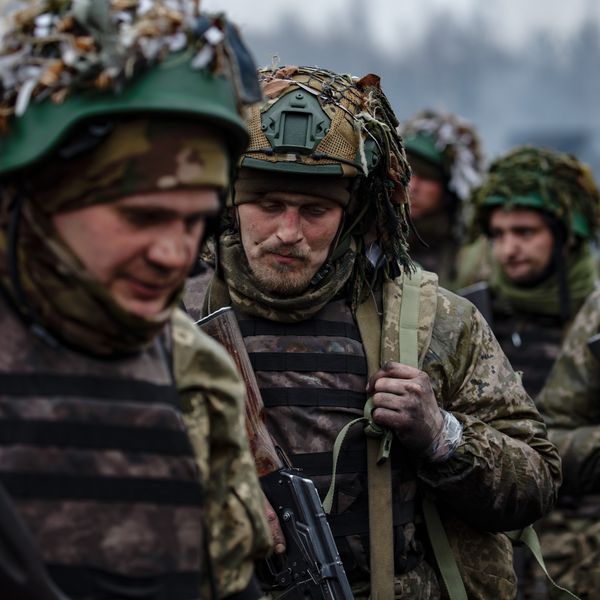On March 12 the editorial board of the New York Times published "The Fighter Jet That's Too Pricey to Fail." I read it in astonishment. It is pathetic actually, riddled with factual errors, foolish — but trendy — judgments, and a conclusion poorly supported by its own text. The Times, especially on defense matters, has become nothing more than an overrated vehicle for circulating conventional wisdom.
The Pentagon airplane of which they write is the F-35 Joint Strike Fighter for the Air Force, Navy and Marine Corps. For more than ten years it has accumulated profoundly negative reviews for its bad design, run-away costs, an inability to show up in combat, and unfavorable comparisons to other aircraft (especially ones it wants to replace) among many other things. Showing up late to the party and without a real understanding of the data and the problems with the F-35, the Times has now attempted to publicly stroke its chin and offer up a vague wave at solving the problem.
Keeping things short, note the following factual errors and links to readily available and accurate documentation:
— The F-35 is not “at least three years behind schedule” it is at least 10 years behind schedule according to its original Selected Acquisition Report, one of many definitive Pentagon documents on this question.
—The cost-per-flight hour is not “around $36,000” it is more like $44,000 as has frequently been reported. But more important, the last official data released by the Air Force for its version — the other versions are more complex and expensive to fly — was for fiscal year 2016. The Air Force has refused to release more recent data. One can only surmise why.
— The cost of the program is not “$1 trillion over its 60-year lifespan.” It’s $1.727 trillion, according to the Pentagon’s office of Capability Assessment and Program Evaluation (CAPE), as reported by Bloomberg last September by a journalist well known for his accurate and reliable DOD sources.
— The “cutting-edge helmet” is far from the paper’s characterization that it “took a while to get right.” The helmet, as reported by DOD’s Office of Operational Test and Evaluation, continues to misrepresent or obscure the outside world to the pilot — a critical factor for flying combat operations against peer enemies.
— The unit cost of an operable F-35A (the cheapest one) is not “below $80 million.” That figure is DoD’s very incomplete “fly-away” cost, which, by the way, results in an aircraft you literally cannot fly. If you want one that can actually operate as a weapon, you need to serve up $110.3 million for a 2020 model.
One can go on; readers will get the point.
One of the sillier judgments is embedded in the paper's assertion that the F-35 now exists in “a world whose geopolitics and military challenges were far different than those for which it was conceived.” It is true that such assertions are common today, but the so-called newspaper of record should let us know when we will no longer need an aircraft to shoot down enemy planes and hit targets on the ground. These characteristics are badly needed; unfortunately, the F-35 does a lousy job at either task the few times it has been able to get into the sky to do so. Well-researched writing on this is readily available to the Times, but its editorial board apparently decided to ignore it.
One can attack editorial’s conclusions, but why bother; it’s just the modern Times regurgitating existing conventional wisdom on what to do now. Its solution reminds me of Senate candidate John Glenn’s solution for inflation in the 1970s: “Bring down prices.” Let’s just leave it by observing that the basic data and judgment assertions about the F-35 on which the editorial relies are so poorly grounded that its conclusions do not merit serious consideration.
















